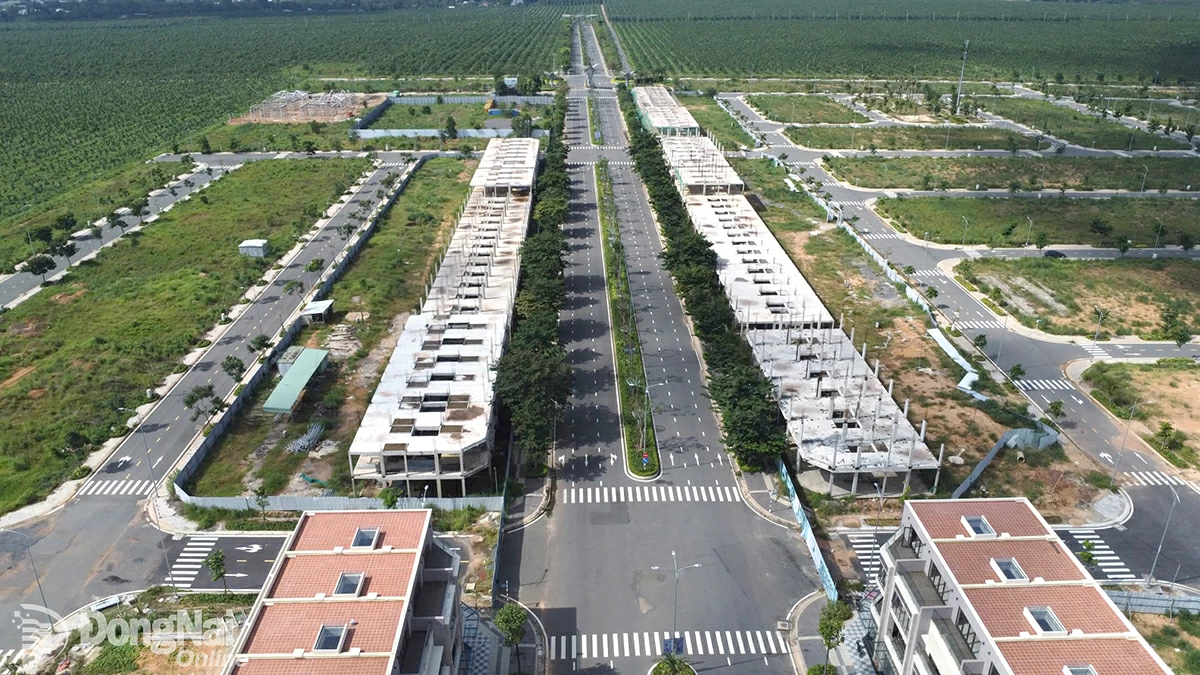 |
| Commercial urban area project in Long Thanh district. Illustration photo: H.LOC |
The district has reviewed and proposed adjustments, focusing on converting to non -agricultural land in areas no longer suitable for agricultural development and areas planned for projects.
Major adjustments in land structure
Adjusting the land use structure is an inevitable requirement to meet the requirements of socio- economic development in each period. For Long Thanh district, a locality that is implementing many large projects, rebalancing the area of agricultural and non-agricultural land is necessary. This helps to effectively exploit land potential, in line with development planning orientation, and at the same time creates space to attract investment.
Vice Chairman of Long Thanh District People's Committee Tran Van Than said that the district has completed step 2 in the process of adjusting the district-level land use planning until 2030. This step includes determining the land use needs of sectors and fields; synthesizing, balancing and allocating land use targets by land type, as well as building a system of tables and detailed planning maps.
Compared with the approved land use plan until 2030, Long Thanh district proposed to adjust the agricultural land target from more than 25.8 thousand hectares to more than 20.8 thousand hectares; non-agricultural land from more than 17.2 thousand hectares to more than 22.2 thousand hectares.
During the implementation process, 5 previously planned projects were no longer suitable and needed to be removed from the planning, including Phuoc Binh 4 Industrial Park, Do Thanh Automobile Industrial Cluster... There were 17 projects that needed to adjust the scale and location to suit the current situation, including Ho Chi Minh City University of Medicine and Pharmacy, auctioned land in Long Duc commune... At the same time, 50 new projects also arose due to the district's rapid development requirements, especially in the fields of transportation, education , health, public services and industrial parks such as: Long Thanh District Concentrated Information Technology Park, University Village, Innovation Zone, Bien Hoa - Long Thanh - Nhon Trach urban railway...
From this reality, the district proposed to adjust and reduce nearly 5,000 hectares of agricultural land, of which more than 1,000 hectares of rice land and nearly 3,900 hectares of perennial crop land to convert to land types serving the development of urban infrastructure, industry, transportation, services - trade.
“The current area of rice and perennial crops is less than the allocated target in the planning. Meanwhile, the land target for transportation, education, IT park construction, and free trade zone development is much lower than the actual demand. It is necessary to readjust to ensure harmony between socio-economic development and effective use of land resources,” said Tran Van Than, Vice Chairman of Long Thanh District People’s Committee.
Airport cities need non-agricultural land
Long Thanh District is implementing many key projects of the province and the country. In particular, Long Thanh International Airport is considered a "dual driving force" to promote economic growth of the locality and the Southeast region, so the accompanying infrastructure must also be ready to meet the demand. Keeping agricultural land quotas in areas planned for urban development can become a barrier to attracting investment in high-tech industry, logistics, smart cities, healthcare, education, schools, etc.
Head of the Planning and Minerals Department (Department of Agriculture and Environment) Dao Thi Thanh Hoai said that the need to develop non-agricultural land in Long Thanh is necessary and the district's proposed adjustment is consistent with the development orientation. However, this adjustment must be consistent with the plan and targets allocated by the province to the locality. Therefore, the district needs to review and determine the order of priority, urgency and land use needs of each project to make appropriate adjustments. The Department acknowledges the district's proposal and will prioritize the processing of land use planning adjustment dossiers.
"Because the district and provincial land use planning was established before the national land use planning was approved, some central targets assigned to the province and the province assigned to the district were lower than the demand," Ms. Hoai explained.
Deputy Director of the Department of Construction Huynh Tan Loc said that the district needs to clearly define the boundaries between areas that retain agricultural land and areas that are converted to non-agricultural land. The planning adjustment must have a long-term vision, synchronized with regional and provincial planning to avoid overlap and waste of land funds, while creating the best conditions for modern urban development associated with airport infrastructure.
At the recent working session with Long Thanh district and related departments and branches, Chairman of the Provincial People's Committee Vo Tan Duc requested the district to quickly review and unify the land use indicators that need to be adjusted, ensuring compliance with the general planning orientation and the allocated land indicators of the province. In case the district is able to complete the land use planning adjustment dossier, it must urgently submit it to the Department of Agriculture and Environment for approval by the province before June 30. If not, it must be based on the priority level, urgency and effectiveness of each project to re-allocate appropriately.
In addition, the province requested Long Thanh district to immediately deploy the allocation of detailed land use plans to each new commune-level administrative unit. This is to create conditions for localities to be proactive in land management and promptly serve the implementation of infrastructure investment projects.
Hoang Loc
Source: https://baodongnai.com.vn/kinh-te/202506/can-dieu-chinh-nhieu-chi-tieu-ve-dat-fb40d40/






![[Photo] Opening of the 14th Conference of the 13th Party Central Committee](https://vphoto.vietnam.vn/thumb/1200x675/vietnam/resource/IMAGE/2025/11/05/1762310995216_a5-bnd-5742-5255-jpg.webp)

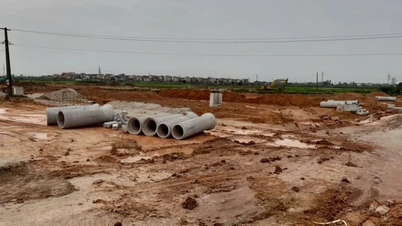

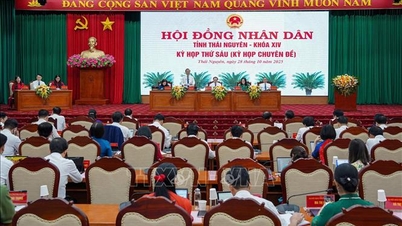

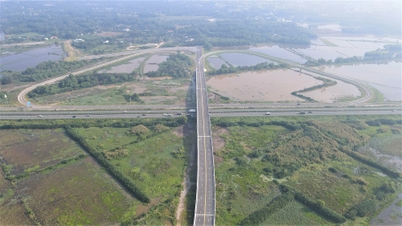
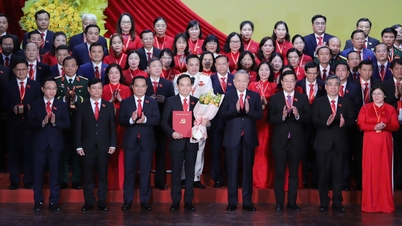

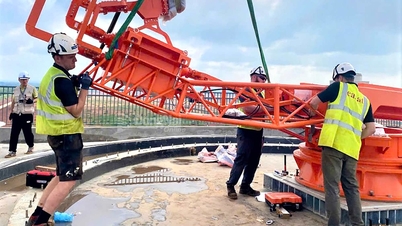




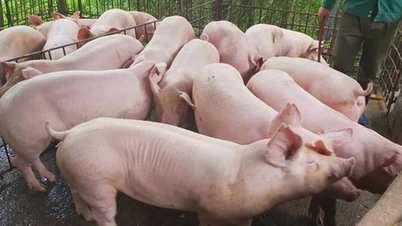


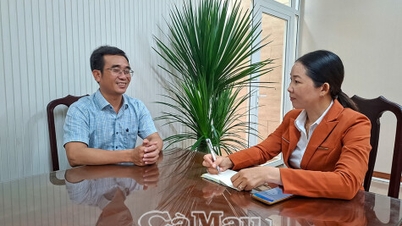



![[Motion Graphics] 5 notes when converting from lump-sum tax to declaration](https://vphoto.vietnam.vn/thumb/402x226/vietnam/resource/IMAGE/2025/11/06/1762381214740_fb_thoi-tiet-cms-1200x800-3.jpeg)





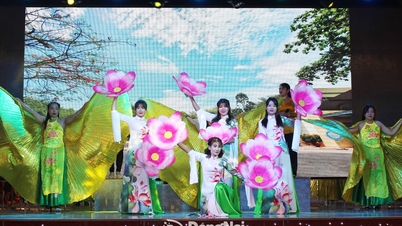
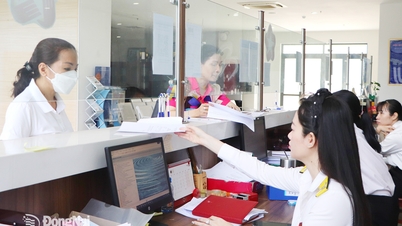
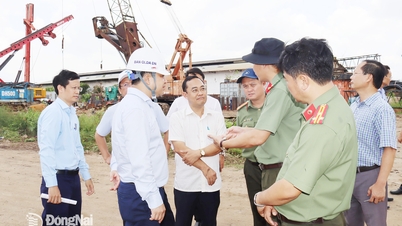


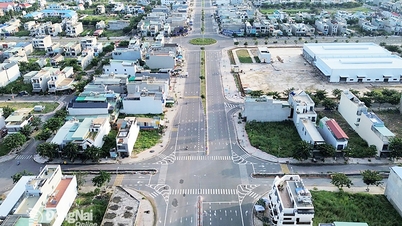
![[Photo] Panorama of the Patriotic Emulation Congress of Nhan Dan Newspaper for the period 2025-2030](https://vphoto.vietnam.vn/thumb/1200x675/vietnam/resource/IMAGE/2025/11/04/1762252775462_ndo_br_dhthiduayeuncbaond-6125-jpg.webp)

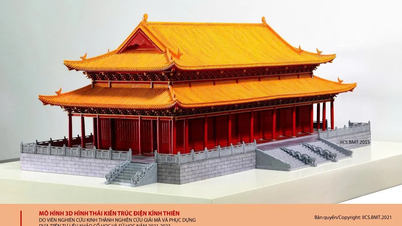





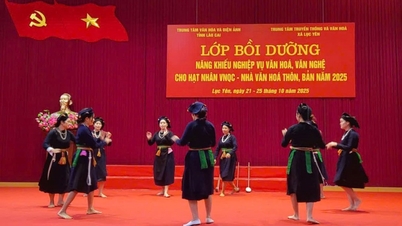


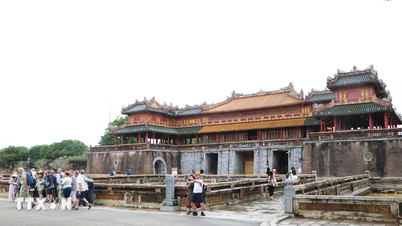




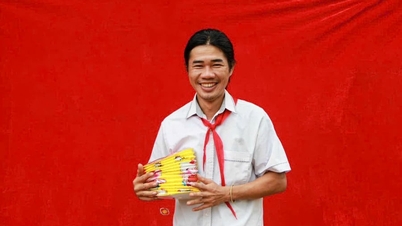

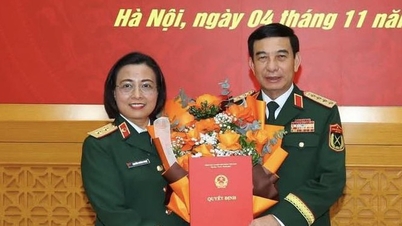
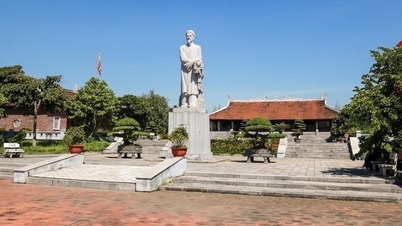


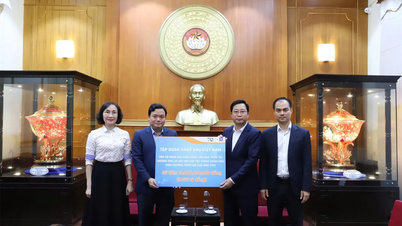


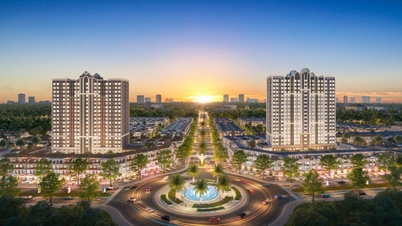





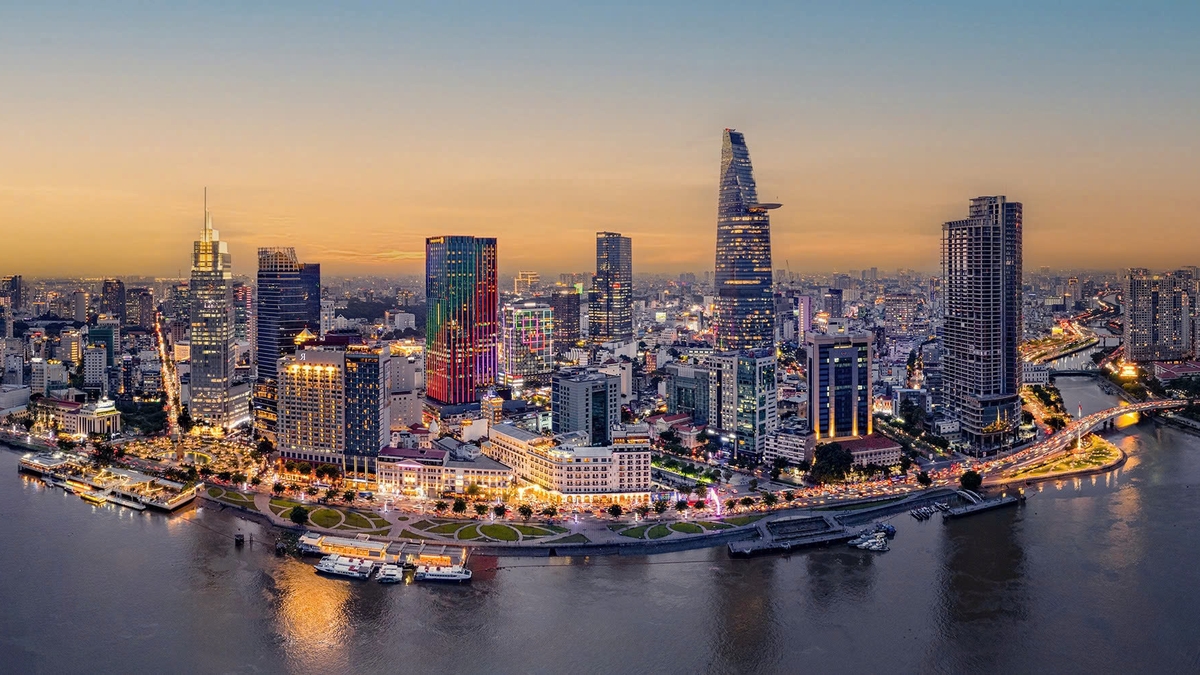
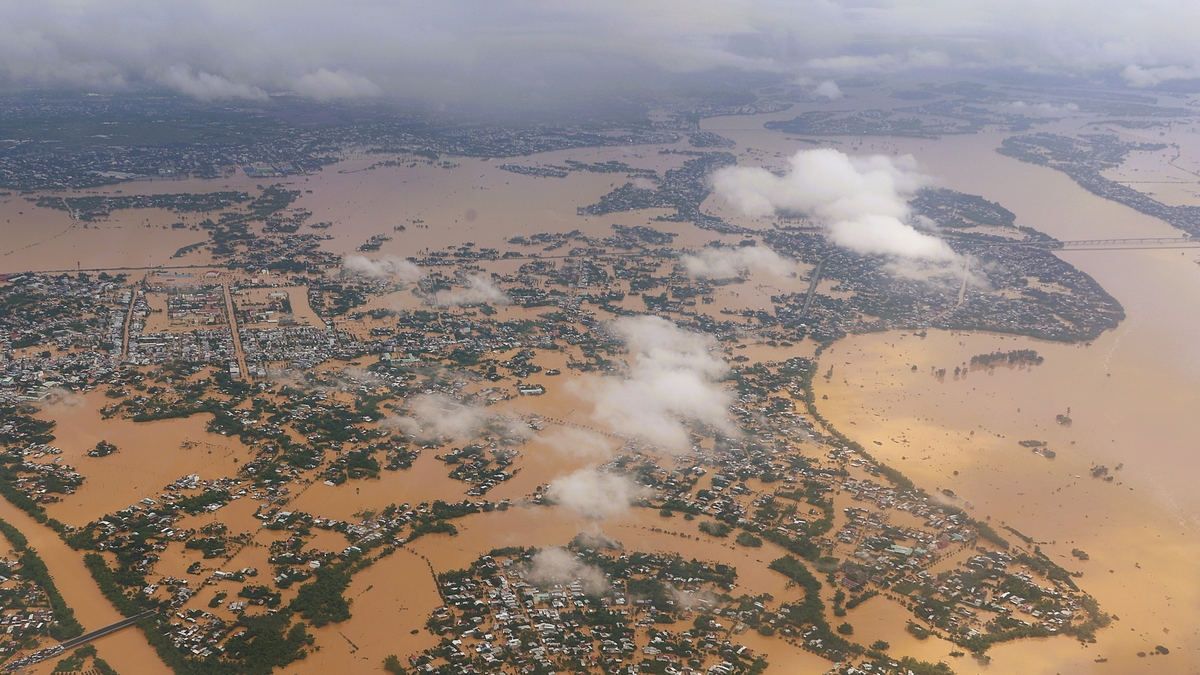
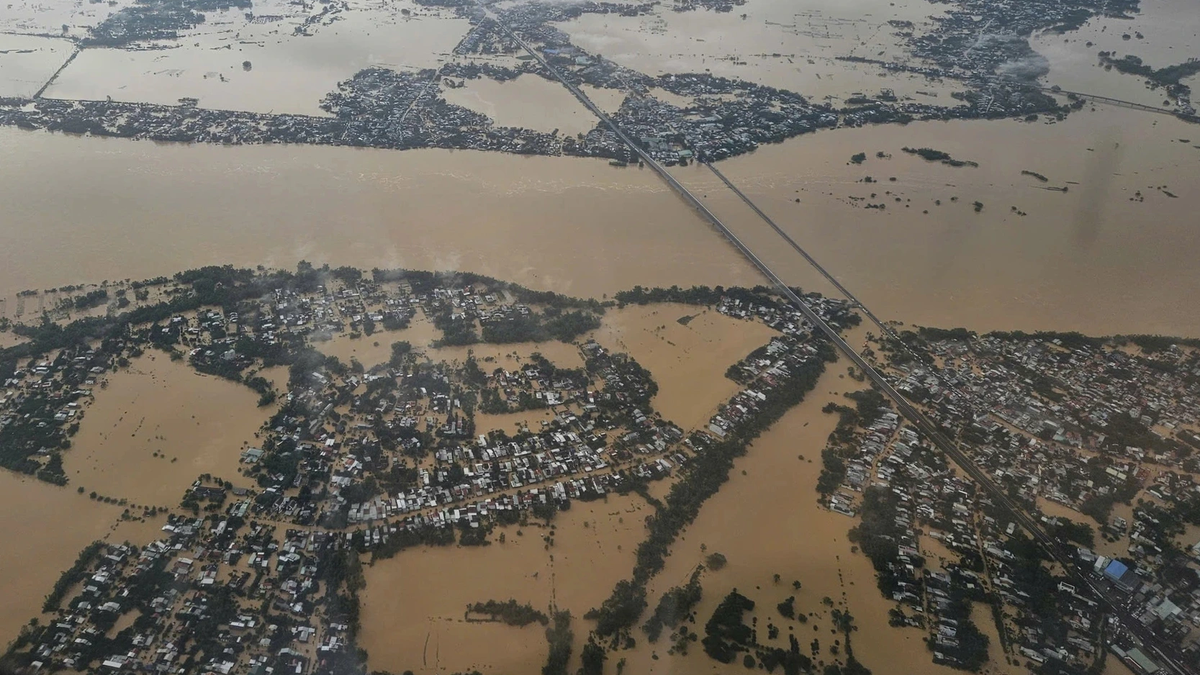

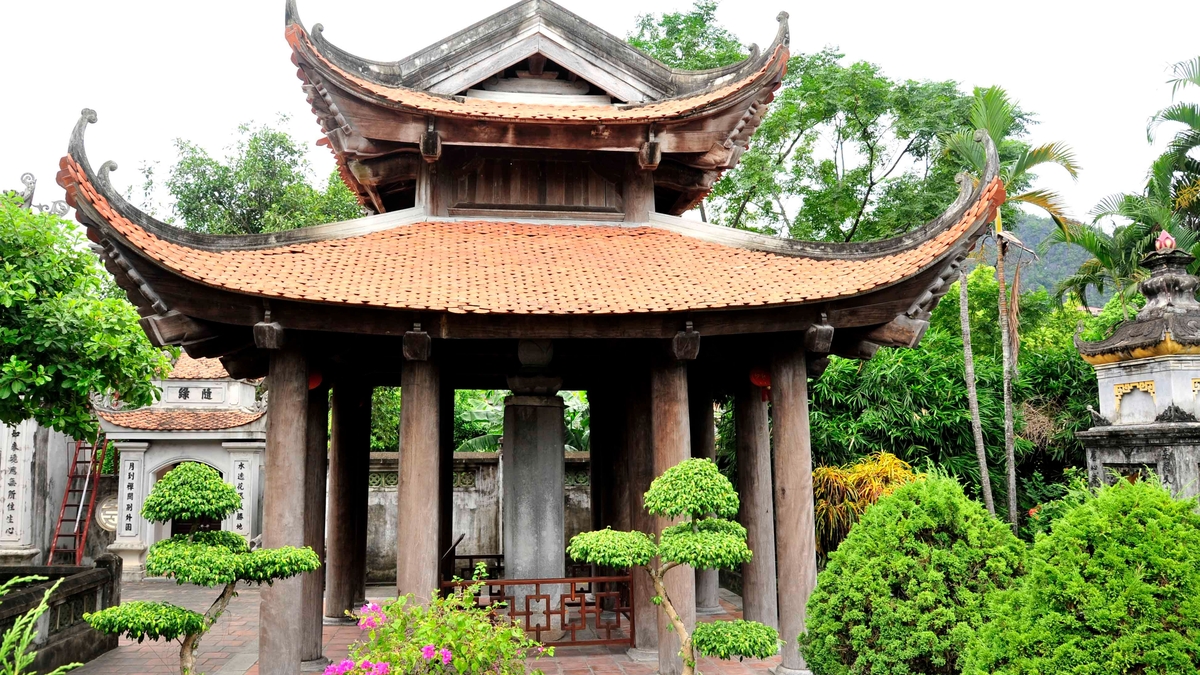
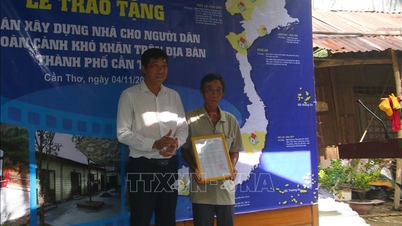

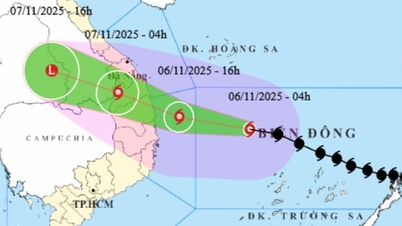


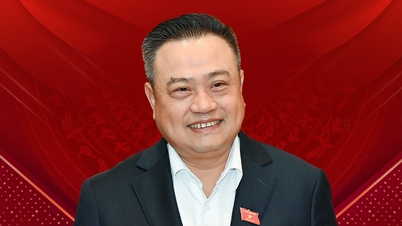





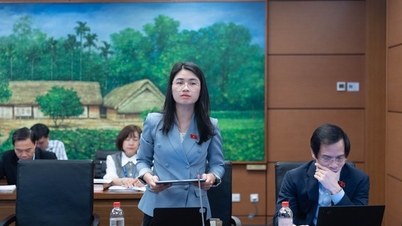

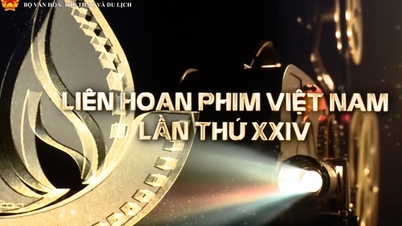

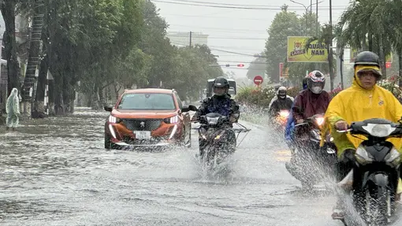




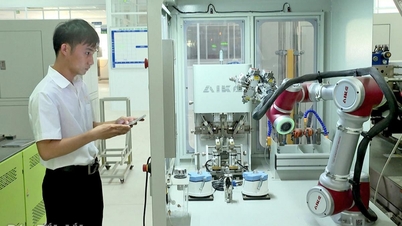














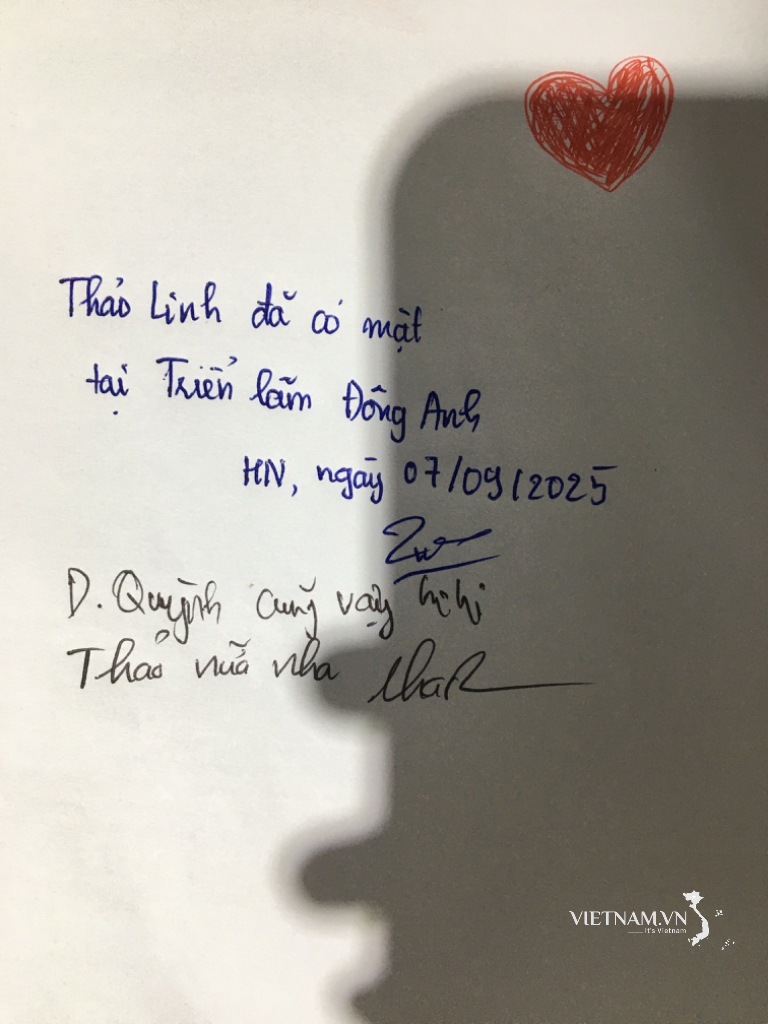
Comment (0)